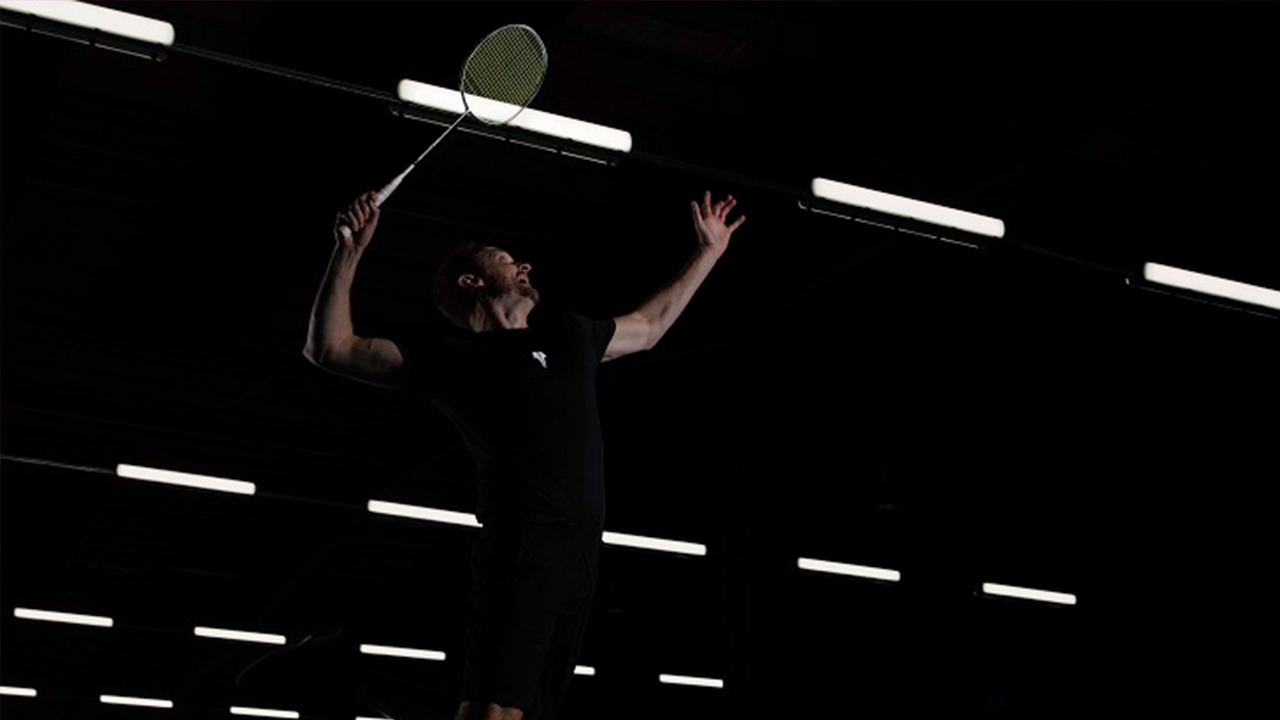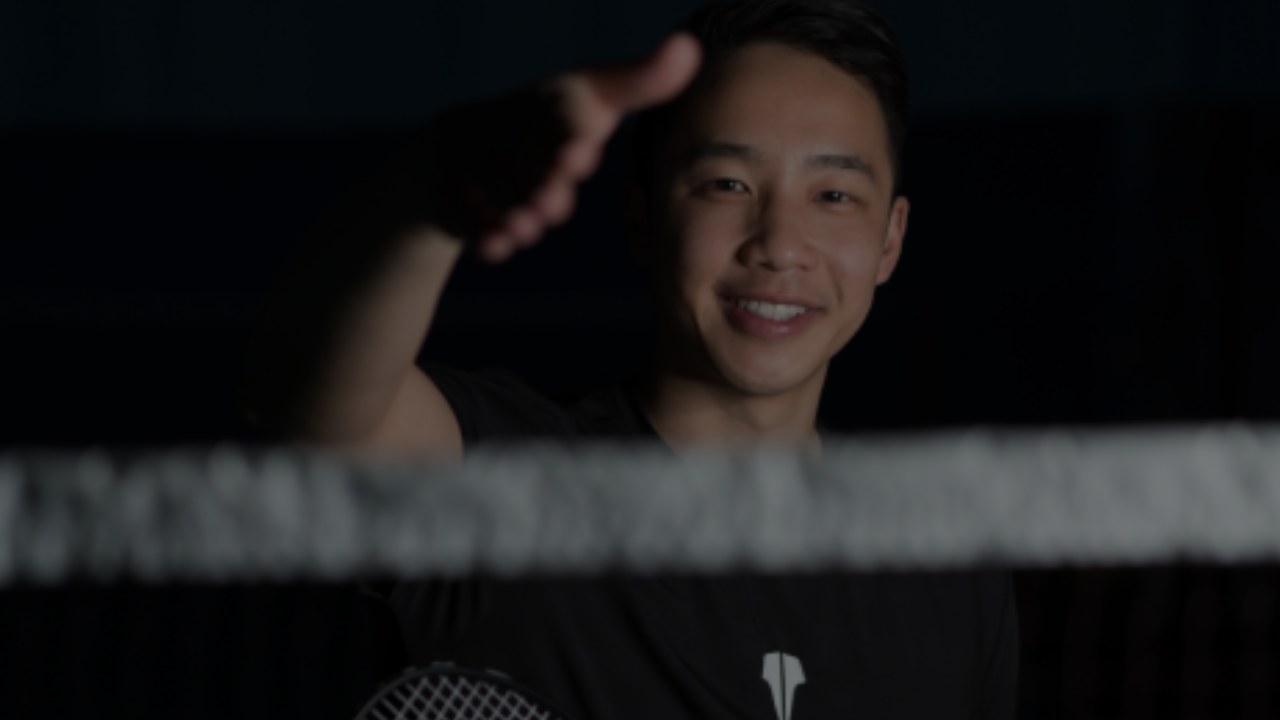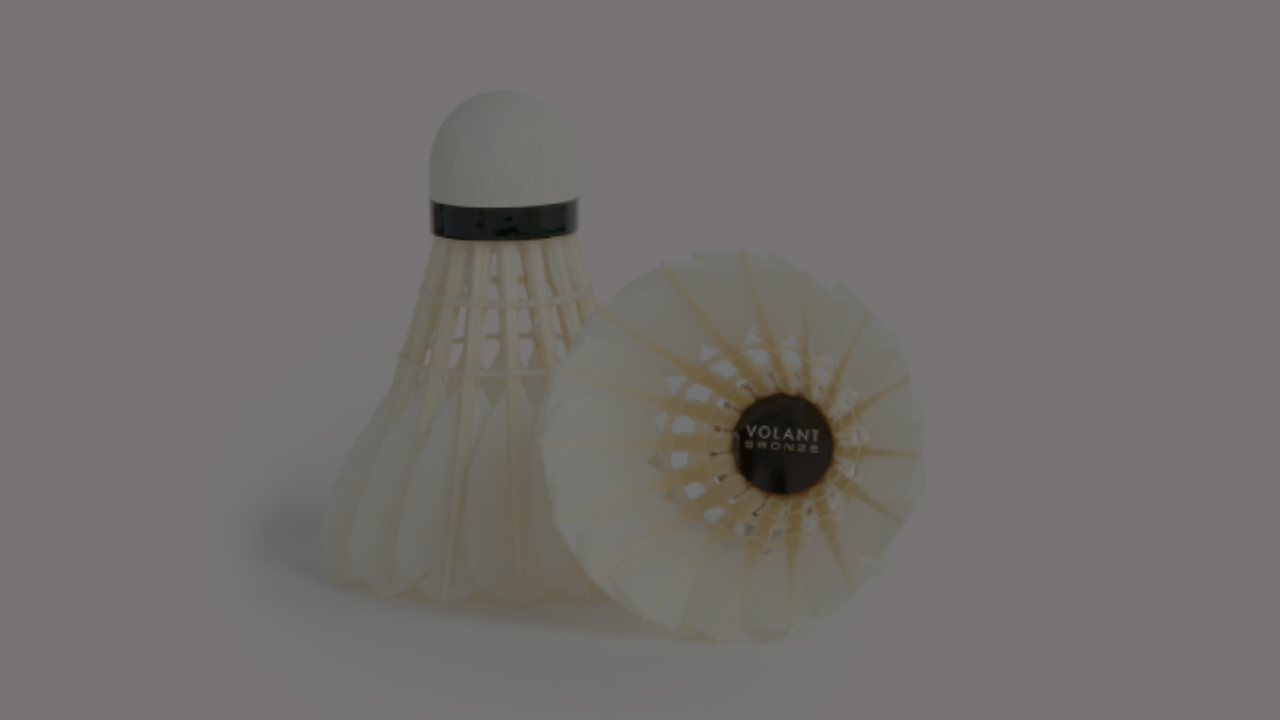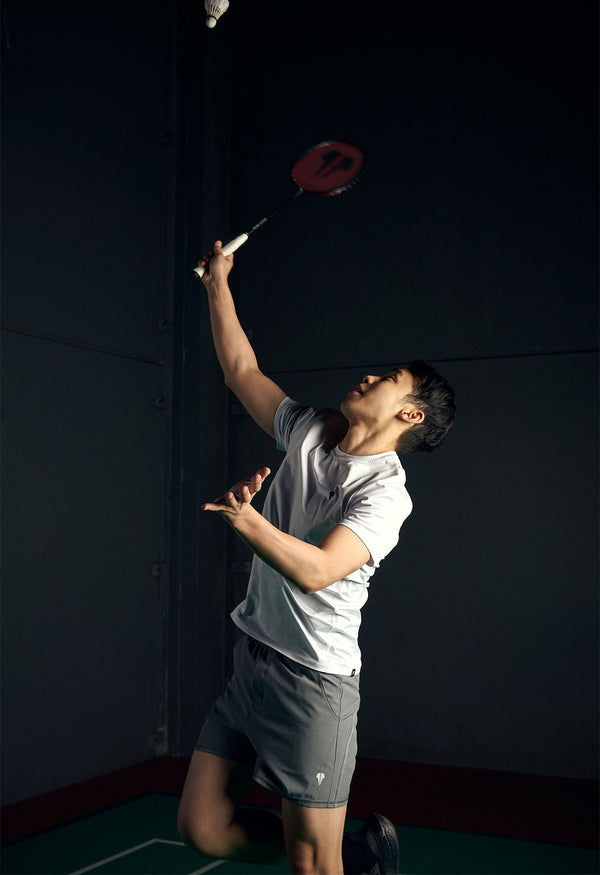Your Cart is Empty

November 27, 2021 4 min read
Hitting the sweet spot is one of Badminton’s many skills that takes time to develop. It's something everyone struggles with at first but gets easier as you progress. Top Badminton players rarely make a mishit and they make every shot look natural and easy. So, how do you hit the sweet spot in Badminton? Let me tell you...
To hit the sweet spot every time in Badminton you need to practice hitting with a controlled and smooth stroke. The sweet spot is usually located in the middle top third of the racquet head. So you want to hit the shuttle a little higher than the middle of the strings.
Of course, it’s always easier said than done. Keeping reading to find out what the sweet spot is, where it is and practices you can do to improve your consistency.
The sweet spot on a Badminton racquet is the zone on the strings that produces the best sound and feeling, generates the most power, and transmits the least back up through the racquet. The sweet spot is usually quite big or quite tiny depending on a variety of criteria:
Racquet heads come in two different shapes: oval and isometric. The oval-shaped racquet head is more popular with lower-end Badminton rackets. They have a smaller sweet spot than the isometric racket head found in higher-end Badminton rackets. Some racquet technologies and materials aim to expand the sweet spot, while others aim to reduce it. A decreased sweet spot has the advantage of concentrating the power in a smaller surface area, making it simpler to hit the sweet spot consistently. The disadvantage is that there's considerably more room for error because of all the additional space available
The sweet spot size is also affected by the string tension. The smaller the sweet spot will be, assuming the strings are tight. When comparing 24 to 25lbs or 27 to 28lbs in tension, there isn't much of a difference, but the shift from 24 to 28 pounds is significant. Another reason why high string tensions aren't advised for beginning players is because missing the sweet spot by beginners poses a considerably higher danger of breaking the string.
Where is the sweet spot, and what does it look like? The sweet spot of nearly all racquets is positioned just above the middle of the racquet strings. The isometric head shape was created with the goal of increasing the sweet spot in all directions from that point. This is where you can bounce most enthusiastically. Consider a trampoline: the bounciest part is in the centre, where there's the most room to stretch out. If you bounce near its edges, you won't get as much bounce.

If you're having trouble deciding where to serve, try bouncing a shuttle in front of you with your racquet out and just letting the shuttlecock bounce off the strings. Listen for the sound and feel the feedback of your racquet to see which ones are hitting the sweet spot and which aren't.
It's something you learn over time as your skills improve. You'll be able to recall the sensation of hitting the sweet spot when you do it again. As your muscle memory improves, you'll be able to forget about hitting the sweet spot. Here are some techniques that may help you increase your consistency faster.
The goal of this drill is straightforward. Simply play basic straight clears to your partner or have them do it as a multi-feed exercise. The reason for hitting the clear just to the midcourt and not back again is to concentrate on the swing. Only hitting as far as the midcourt keeps focus on striking the shuttlecock clean since you don't need to worry about having enough power to send it all the way back. It's a progressive drill, so when you become more consistent, you can start playing longer clears until you're completely confident with very few mis hits.
The sweet spot, as previously mentioned, is the ideal distance from the ball to your shoulder during a swing. This will naturally provide you with more power. From there, all we have to do is speed up or slow down your racquet swing for smash or drop shots, respectively.
This is an excellent drill for a variety of reasons, including increasing consistency in hitting. All you have to do is hit a shuttlecock against the wall in any direction that you choose. It's more beneficial to practice defensive shots below the body rather than overhead shots, but you can do both.
If the wall is textured or has grooves and gaps in it like a brick wall, the shuttlecock will bounce off at various angles, so you'll have to adjust. This gives consistency with just enough variation to keep things interesting. You may play the shots as quickly or slowly as you choose.
This is the most complicated of the three, but it might be the greatest way to practice alone. A shuttlecock may be suspended from a high ceiling or a long fishing pole with a stand may be used. In a place where you can hang the shuttlecock from the ceiling, see below for how to make it.
A fishing pole and a stand may be used to suspend the shuttlecock from a fishing line instead of using wire. This can be used for forecourt shots, midcourt shots, rear court shots, drops and smashes, as well as everything else.
Obviously, this necessitates some equipment, but it will enable you to concentrate on one shot. The shuttlecock's placement should be consistent in order to improve your timing and technique. To practice with more power, speed up the swing and decrease the force.
Jeff is an ex-international badminton player who represented Australia at the Commonwealth Games (twice as a player & once as a coach), World Championships, All England Championships and multiple Thomas and Sudirman Cups. He was the Australian National Coach, Senior State Head Coach and is the co-founder of Volant badminton & The Badminton Podcast. Jeff is extremely passionate about building the worldwide badminton community & showing the world how incredible our sport really is.
Comments will be approved before showing up.

December 30, 2025 2 min read
When badminton rackets clash, it’s not the brand or price that determines which one breaks—it’s physics. Angle, direction, and speed of impact often mean one racket absorbs the full force while the other escapes without damage, even at the highest levels of play.

August 20, 2025 2 min read

July 17, 2025 2 min read
Shuttlecocks aren’t cheap, and replacing them constantly stings the wallet. With a little care, though, you can stretch their lifespan and keep your game flying high. Whether you’re using feather or nylon, here’s how to make them last—plus why Volant Badminton’s options are worth your shot.
Be the first to know when a new blog post comes out!
Curated articles, tips and advice, tailored to the sport of badminton.
Sign up and enjoy 10% off your first order.

Join the Volant Community and improve your game!
*Discount code excludes shuttlecocks